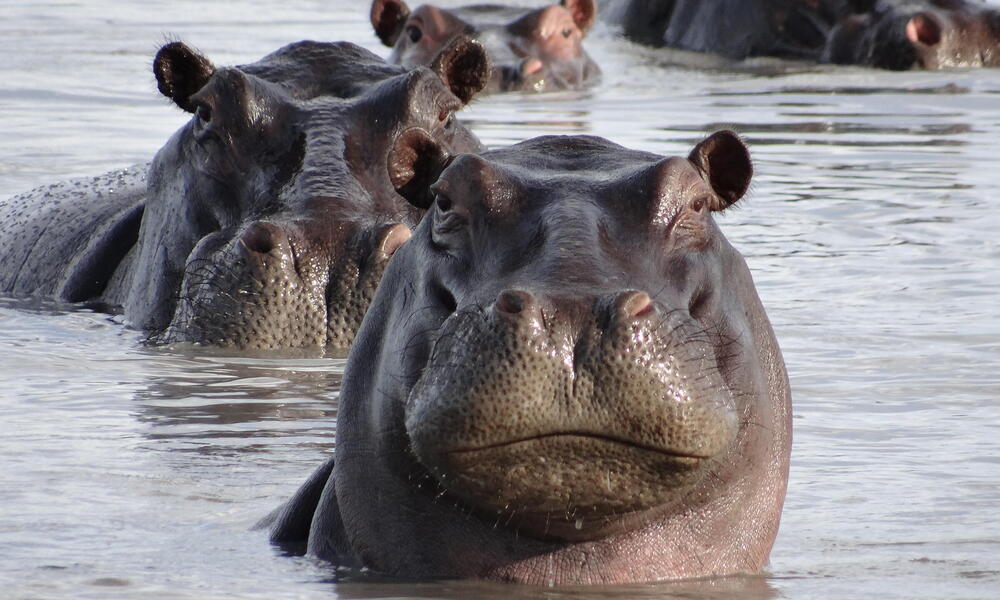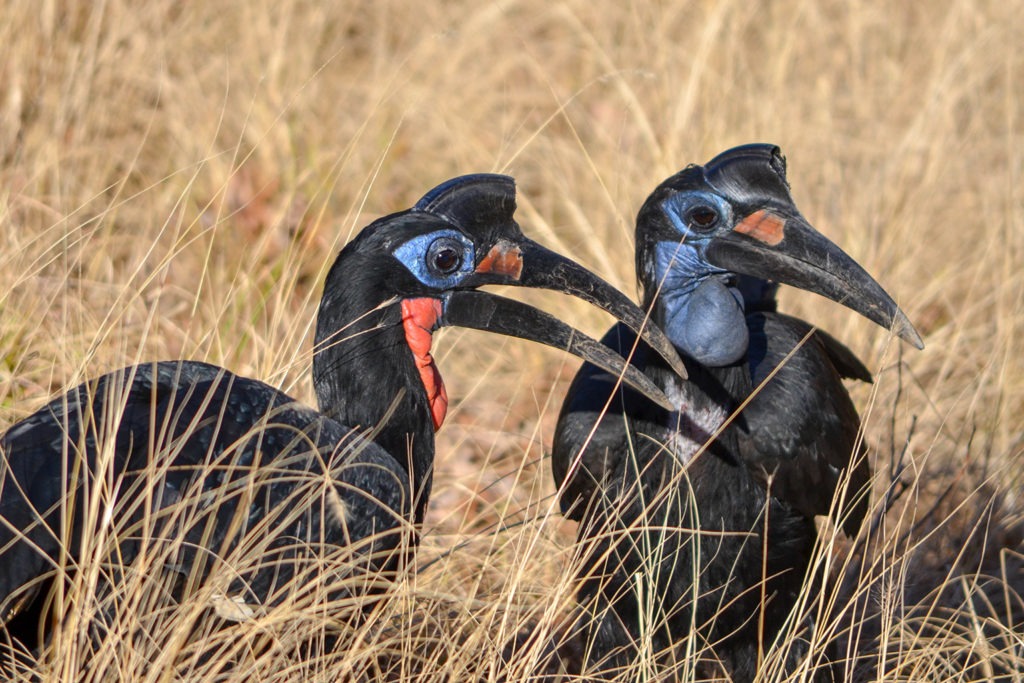The unforgettable Nairobi National Park
What Animals Are found in Nairobi National Park? : Nairobi National Park is in Kenya that is located in the South-central of Kenya and was established in 1946 about 7 km (4.3mi) south of Nairobi. Nairobi National Park covers an area of 117km2 (45 sq. mi), is fenced on the three sides, whereas the open southern boundary allows migrating wildlife to move between the park and the adjacent Kitengele plains. Herbivores gather in the park during the dry season. NNP is negatively affected by increasing human and livestock populations, changing land use and poaching wildlife. Despite its proximity to the city and its relatively small size, it boasts a large and varied wildlife population and is one of Kenya’s most successful rhinoceros sanctuaries.
Animals found in Nairobi National Park.
Almost everyone travelling to Africa sits in hope of seeing the predator species. Nairobi National Park does not disappoint with the predators including the large and diverse wildlife population. Species found in the park are the 39 lion, leopard, cheetah and hyena and many more. Other large mammal species in the park that are over 100 include the buffalo, 90 black rhino, baboon, eland, gazelle, hartebeest, hippopotamus, impala, giraffe, wildebeest and the waterbuck. One of the missing specie that the park is missing and the most people hope to see is the elephant. Nairobi National park has 40 different amphibians and reptiles.

The most populous species are found among the ungulates. Impala, wildebeest, Hartebeest, Thomson’s gazelle, Grant’s Gazelle, olive baboon, Black-backed jackal, common ostrich, Nile crocodile and Eland. It is fair to expect to see each of these species during your safari in Kenya. The abundance of the ungulated also makes the predator species happy that their hunt is very easy.
Nairobi National Park had an abundance of the bird species that are over 450 bird species with the vulture and ostrich being two of the larger or more intriguing species, the ostrich is commonly seen along the plains. Other large species include the Crowned Crane, Kori Bustard, Ground Hornbill, Egyptian Goose, and the Black-necked Heron. There are several songbirds which serve as a complementary experience for the bird watchers.

Nairobi National Park has a good variety of wildlife, apart from elephants, most big safari animals are present. There is a very good chance of seeing the rhino. White rhinos are easiest to spot as they graze on the open plains, but the park is one of Kenya's most successful sanctuaries for the black rhino, which likes to keep hidden in the thickets. Nairobi National Park is committed to protecting the endangered rhino and their efforts are one of the most successful in Africa. Experiencing these magnificent creatures is certainly a highlight, many people find the proximity of this collection of animals to the industrial city of Nairobi to be highlight of fascination.
The Nairobi National Park walk is a great way to breathe the fresh air and take in the wilderness that is a literal neighbor to one of the most industrial cities in Africa. Apart from that, the abundance of wildlife that is so easily accessible so close to such a large metropolis leaves most people bewildered that the wildlife and the wilderness is right there. The Nairobi Safari walk is a chance to get out and walk in the national park, however, it is now a trail but self-guided walking is not permitted, the park ranger, or guide to take you around while explaining to you the various animal species in Nairobi National Park.
Nairobi National Park is mainly an open grass plain dotted with acacia bushes, where animal species in Nairobi National park inhabit and benefit from as there are areas of the highland dry forest in the west, riverine forest in the south, and some deep rock valleys and gorges. Several endemic plant species are found on the rock hillsides, the park has 500 tree species.
Best time for wildlife Viewing.
The best time to visit Nairobi National Park is in the dry season (from June to September) that’s when the animals gather around remaining water sources, although it can be visited throughout the year. The long rains (March to May) and the short rains (October to November) usually make animal spotting more difficult. Rain can interfere with game drive and the vegetation tends to be very high.
Nairobi National Park is also sometimes called the Kifaru Ark, which means the ‘Rhinoceros Sanctuary’. It is one of Kenya's most successful rhinoceros sanctuaries, and it is one of only a few parks where visitors can be certain of seeing the black rhinoceros in its habitat, and also a place where the tourists can be able to spot the big 5 but where it is missing only the elephant, the park has the four members out of the big 5 animal species (lion, leopard, rhino, elephant and cape buffalo) which also give the tourists the most pleasure and amazing moments in Nairobi National park.
My thanks to Kenya National Parks and providers of free images online.

















Comments